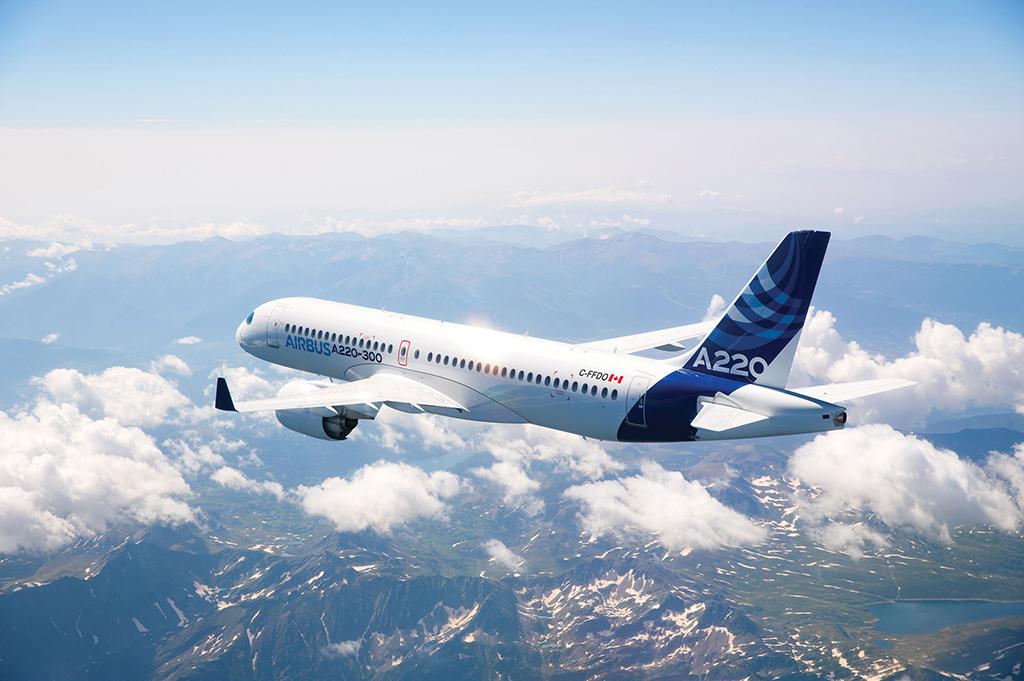
Ask the Editors: The Aviation Week Network invites our readers to submit questions to our editors and analysts. We’ll answer them, and if we can’t we’ll reach out to our wide network of experts for advice.
Do you think the proposed Airbus A220-500 will be the next 150-seat platform, and could it enter the market well before 2030?
Aviation Week Executive Editor, Commercial Aviation Jens Flottau responds:
The potential A220-500 would be a great strategic asset for Airbus in the long-standing competition with Boeing and the 737 MAX. Airbus has an opportunity to launch a state-of-the-art, 150-seat aircraft that would, by all expectations, be far more economical than its chief competitor, the Boeing 737-7. Airbus could then disregard the 100-150-seat segment in its considerations for a future new narrowbody, because it already has an A220 platform on which to build.
Airbus would likely make some updates to the -500, compared with the A220-300, beyond stretching the fuselage and equipping it with more powerful engines. The company could also look at improving commonality between the A220 and the A320neo family or bring in technologies that could play a role in a future new narrowbody.
The timing of a launch would depend on several factors. Airbus has all but ruled out any new aircraft developments except continuing work on the A321XLR for the short-to-medium term, given the devastating financial impact of the novel coronavirus pandemic. The company already has a major market share advantage vis-a-vis the 737 MAX, so there is no pressing need to move first.
Most observers expect Airbus to wait for Boeing to decide what its next new aircraft will look like—a move that might not be clear for several years—and then react in two ways. First, Airbus would build the A220-500 for the 150-seat market because it would be available years ahead of any new Boeing offering for that segment. Second, Airbus could then start a clean-sheet narrowbody at a larger baseline capacity of 180-200 seats.
The big unknown is how aircraft demand will change as air travel recovers post-COVID-19. One possible scenario is that airlines will move to operate smaller rather than larger units for several years if passenger demand does not justify as many large-capacity narrowbodies as in the past. If that were to become an established trend, Airbus could decide to take advantage of the situation and offer a relatively quick solution: the A220-500.






Comments